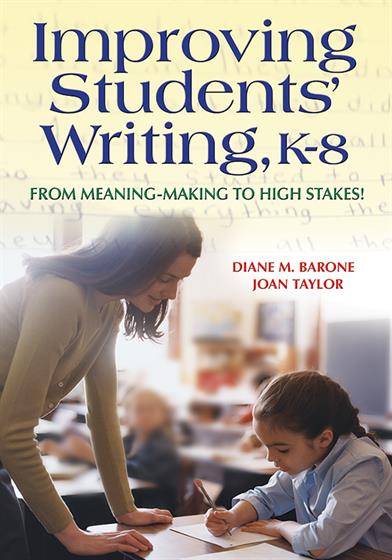
Hands-on, Practical Guidance for Educators
From math,
literacy, equity, multilingual learners, and SEL, to assessment, school counseling,
and education leadership, our books are research-based and authored by experts
on topics most relevant to what educators are facing today.
Improving Students' Writing, K-8
Give students a superior foundation in the essential traits of proficient writing and boost performance on "constructed response" test items!
How can we help students use writing as a path to understanding and a way to communicate their thinking? This manual includes rich examples, reproducible aids, rubrics, and how-to's for getting the most out of your writers. The authors address teaching all aspects of writing and explain how to help students:
- Use writing to interact with informational text
- Journal toward understanding
- Write better constructed responses
- Prepare for writing assessment
- Grade Level: PreK-12
- ISBN: 9781412917124
- Published By: Corwin
- Year: 2005
- Page Count: 184
- Publication date: October 03, 2005
Price: $39.95
For Instructors
When you select 'request review copy', you will be redirected to Sage Publishing (our parent site) to process your request.



